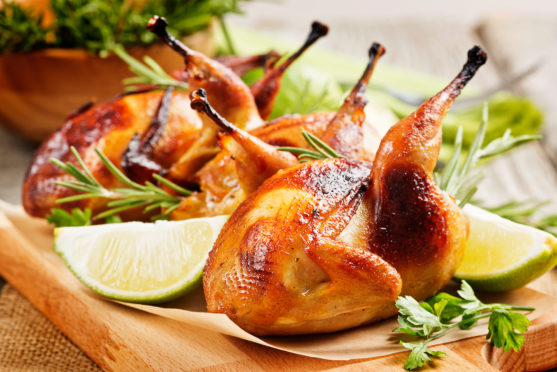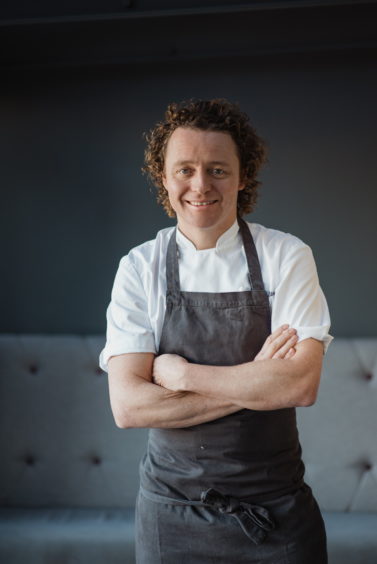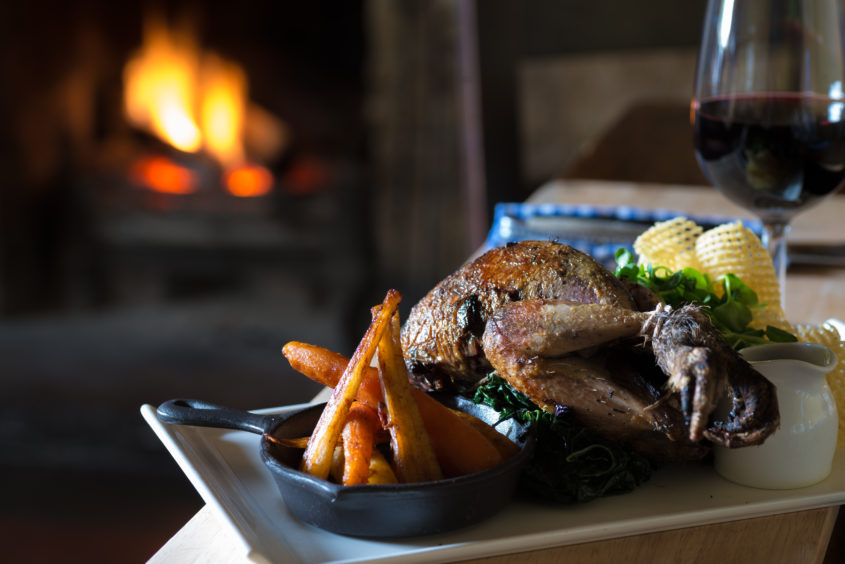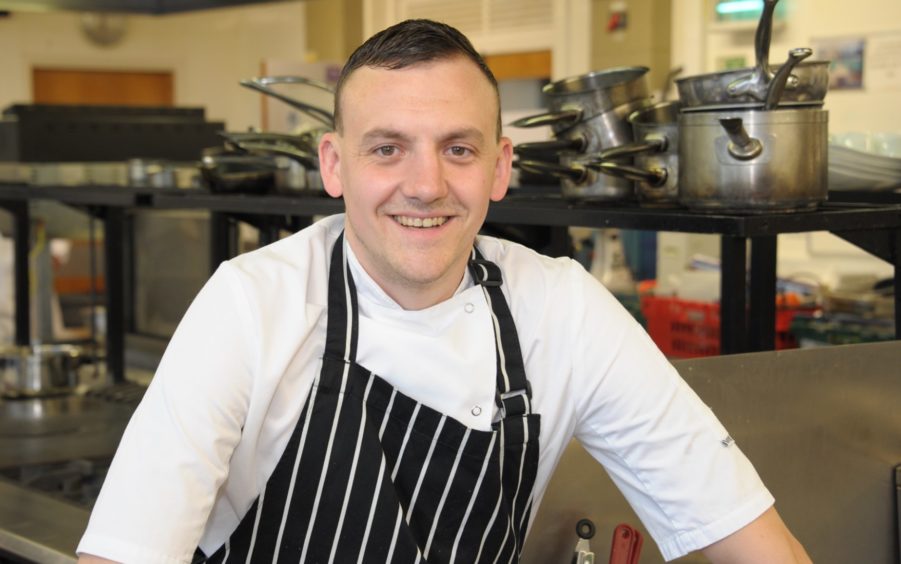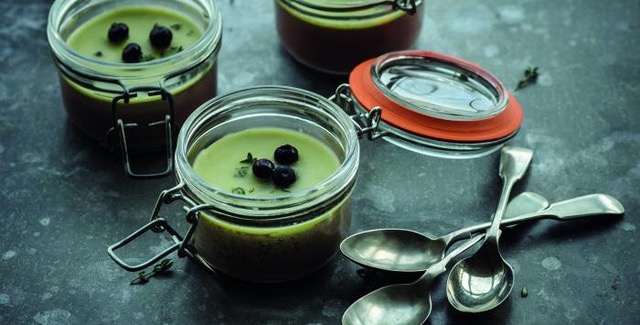As game season begins with the ‘Glorious Twelfth’, three chefs including Tom Kitchin, give their advice and top tips for making the most of game meat.
The game season is one of Scotland’s most notable in the food calendar. Whether it’s pigeon, woodcock, grouse, pheasant, venison or rabbit, the autumn and winter months produce some of the best-quality meat available.
Grouse is the first of the game meats to come into season, which is usually on August 12 every year, or “the Glorious Twelfth” as it’s called in the industry. The grouse season in particular runs for 16 weeks to December 10 and can generate an estimated economic boost of around £155 million.
But not all of Scotland’s abundance of game meat is available from the get-go, with the likes of venison, pheasant and partridge making their way onto our plates later in the year.
Here, three of Scotland’s top chefs give their take on the season and why we should be eating game these next few months.
Tom Kitchin
Michelin starred-chef Tom Kitchin is no stranger to using game meat, which he says is easier to cook than some might think. The Edinburgh restaurateur, who runs The Kitchin with his wife Michaela, hopes people continue to support local throughout the season and incorporate more game into their diet.
He says: “Game is a massive part of the Scottish diet and our heritage, especially after what we’ve all just been through. We need to be supporting these producers and these estates – it’s really, really important.
“Often game is wild as well and is much better than eating something like battery-fed chickens, so it’s a good thing to be eating now.
“Game season starts always on the Glorious Twelfth and will usually finish around the end of January. As we go through August, into September and October, the different types of game meat come into season. So we start with grouse, then in September and October we start to see more wild ducks coming into season, then pheasants and partridges.
“Then further towards the end of the year you’ve got teal, roe, hare, woodcock and all these kinds of things.”
Despite many consumers being afraid or intimidated by cooking game meat, Tom doesn’t think this needs to be the case as they’re often much simpler to cook than you’d think.
“If someone has never cooked with game meat before I’d recommend grouse. In August and September you want to try the young grouse as the flavour is much milder. I like it when it’s not hung and prefer to eat it fresh as it’s not got that pungent game flavour.
“If you’ve never tried eating any game before then I’d probably recommend trying pheasant or the partridge because it’s much tamer and not quite as gamey. You’d just cook them in the same way as you would cook chicken – you could roast a pheasant or a partridge just like you would do a roast chicken on a Sunday. It’s very affordable and is full of flavour.
“We’re blessed with lots of wonderful farmers’ markets in Scotland and there’ll be a lot of game suppliers and farmers that will be showcasing their game there, but there are also butchers specialising in game. Really just trying to use local suppliers as much as possible is best.
“A lot of people seem to be scared by game because of their childhood memories when people used to hang pheasants in the garage or over a fireplace for a long time. The longer you hang it, the more pungent the flavour becomes and I think that’s often put people off. They say they don’t like game because of these childhood memories but it’s that notion we are trying to change.”
Graham Mitchell
Head chef at The Scullery restaurant at Aberdeen’s Newmachar Hotel, Graham Mitchell agrees that we should all be trying to incorporate more game meat into our meals.
He says: “We should be eating more game this season as the meat is leaner and game is wild and free to roam which means it doesn’t store much fat, it is organic, flavoursome and antibiotic free. It is also really easy to prepare, no matter your level of experience.
“If you’re unfamiliar with game meat I would recommend partridge as it’s a great game bird to start off with. It’s similar to chicken but with a delicate, subtle gamey taste which isn’t too strong.
“Partridge, unlike chicken, should be served pink and juicy as the lean nature of the meat means it tends to dry out if it is overcooked. I would pan sear the breast in a pan with some garlic thyme and butter basting the breast to keep it moist.”
Graham also agrees that, in terms of the game season, much of the game meat is available over the winter months.
“I personally consider game season to be from August 12 until February but there are some types of game available outwith this and all year round.
“Different types of game are available at different times of the year, like rabbit is available all year round and roe buck is one of the earliest game meats available, from April 1. And your game birds are mainly August until January.”
And when it comes to sourcing game, Graham recommends starting with your local butcher. “If they don’t have any then I am sure they can source for you or you can go online and order pretty easily nowadays. But I’d always say try your butcher first – I’m a great believer in supporting local businesses especially just now.”
Geoffrey Smeddle
Geoffrey Smeddle, head chef at the Peat Inn, St Andrews, says a good starting point for anyone unfamiliar with game would be a mallard duck.
He said: “Mallard duck is very good. If someone enjoys eating the usual type of domesticated duck then mallard duck isn’t a big jump to make when it comes to trying out game. They’re much smaller than normal ducks and aren’t so drastically removed in terms of flavour and texture from what you’ll be used to. It’s a bit fuller flavoured but it’s certainly a good starting point.
“When cooking mallard duck, it’s best to cook the crown pink and not over done. Sear it off in a pan and it won’t take very long in an oven. The crown doesn’t want to be cooked through, certainly not in the same way as chicken. Duck meat should always be nice and pink. The legs should be cooked a little bit longer while the crown rests.
“People really shouldn’t be scared of trying to eat game. The first step is to go to a restaurant and have it prepared for you. A lot of the myths that surround game are often half truths and misunderstandings that date back to the Victorian times, pre-refrigeration.
“If you’re not afraid to eat chicken then you’ll be happy to eat pheasant and partridge, and if you like duck then you’ll enjoy mallard. I’ve also yet to meat a person who likes venison but then doesn’t like hare.”
In terms of sourcing game meat, Geoffrey’s recommendation is to build a good relationship with your local butcher.
“I would avoid supermarkets for buying game and this is where it’s important to start visiting your local butcher. There are plenty of high street butchers that are very good quality and I don’t think people are really short of good butchers on their doorsteps, especially in Fife.
“A quick conversation with a butcher across the counter to find out what they can get for you and how long it would take to come in would reap huge benefits for you and would help you build a good relationship with the butcher.
“It’s really important that we do support these businesses because they provide a service that the supermarkets simply can’t.
“We should eat game meat because it’s naturally organic, it’s not force fed or given any chemicals or bred in unhealthy or damaging conditions. It’s part of our natural countryside and game heritage and because it’s local and surrounds us in Scotland it means you’re cutting down on food miles as well.”
Tom Kitchin’s Grouse Liver Parfait
At The Kitchin we have a ‘no-waste’ policy that means we try to use every part of the animal, which is how this dish came about. The recipe can be easily changed to use pheasant or partridge livers, but always include chicken livers, too, otherwise the parfait might get a bit too strong and gamy.
(Serves 6-8)
Ingredients
- Olive oil
- 100g shallots, finely chopped
- 100ml port
- 50ml Madeira
- 60g butter
- 60g duck fat
- 125g grouse livers, trimmed
- 100g chicken livers, trimmed
- 6 free-range egg yolks
- 225ml double cream
- 50ml brandy
- 60g clarified butter
- Melted blueberries and thyme leave, to garnish
- Sea salt
- Cracked black pepper
Method
- This rich, creamy mixture will keep for up to 2 weeks in a sealed container if refrigerated, but has to be made at least a day before you plan to serve to allow for overnight chilling.
- Preheat oven to 90°C Fan/110°C/Gas Mark ¼.
- Heat a well-seasoned frying pan over medium-high heat, add a splash of oil. When hot, add shallots and sauté for 2-3 minutes until softened, but not coloured. Add port and Madeira, stirring to deglaze pan, and boil until a syrupy consistency forms. Transfer shallot reduction to a food processor and set aside.
- Melt butter and duck fat together in the same pan, add to shallot reduction in food processor with grouse livers, chicken livers, egg yolks and cream. Season with salt and pepper, add brandy and process until blended. Pass through fine sieve to ensure parfait mix has a smooth consistency.
- Transfer mixture to 2 or 3 small preserving jars and seal. Place jar in a roasting tray and pour boiling water to halfway up the sides, place the tray in the over for 1 hour. Remove parfaits from water bath and leave to cool completely, place in the fridge overnight.
- The following day, scrape off any brown skin that might have formed. Pour clarified butter over, add a few blueberries and thyme leaves and leave to cool, then re-seal and chill until required.
Read more in this series…
